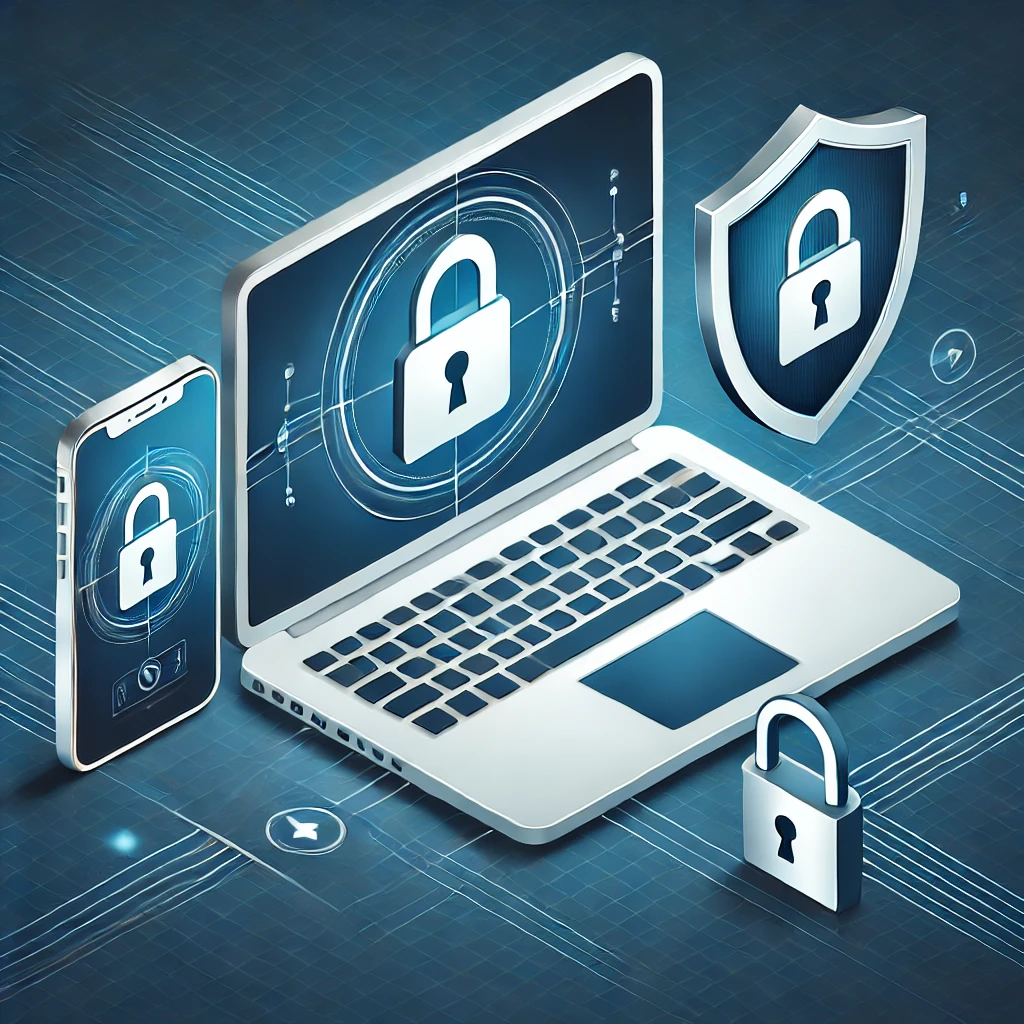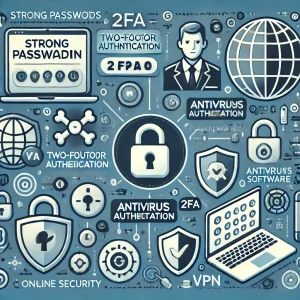

Cybersecurity 101: Protecting Your Devices and Data
Introduction
Cybersecurity 101: Protecting Your Devices and Data.
In today’s digital world, cybersecurity has become a vital concern for everyone. From our mobile phones and computers to IoT devices and cloud storage, each is a potential target for cybercriminals. This guide offers essential tips and best practices for protecting your devices and data against cybersecurity threats, ensuring your online safety.
—
1. Understanding Cybersecurity Basics
Cybersecurity is the practice of protecting systems, networks, and programs from digital attacks. These attacks aim to access, change, or destroy sensitive information; extort money; or interrupt normal business processes.
Why Cybersecurity Matters
Cybersecurity impacts everything we do online. The consequences of poor cybersecurity can range from identity theft and financial loss to loss of privacy and critical business data.
Common Cyber Threats
Malware: Software designed to harm your computer, such as viruses, trojans, and ransomware.
Phishing Attacks: Attempts to deceive you into providing sensitive information.
Data Breaches: Unauthorized access to confidential data.
—
2. Essential Cybersecurity Practices
Use Strong, Unique Passwords
Create unique, complex passwords for each account, mixing upper and lowercase letters, numbers, and symbols.
Password Managers: Using password managers like LastPass or Dashlane simplifies storing and recalling complex passwords.

Enable Two-Factor Authentication (2FA)
Adding 2FA provides a second layer of protection, requiring a second verification step for logins. This is especially vital for financial and work-related accounts.
Regular Software Updates
Keeping software up-to-date helps patch security flaws. Ensure automatic updates are enabled across all devices to avoid vulnerabilities.
Install Reliable Antivirus Software
An antivirus program can detect and remove most common threats like malware and ransomware, offering proactive protection.
Be Cautious with Public Wi-Fi
Public Wi-Fi networks are generally insecure. Avoid accessing sensitive accounts on open networks or use a Virtual Private Network (VPN) for added security.
—
3. Protecting Personal Devices
Securing Mobile Devices
Install Trusted Apps Only: Download apps only from reputable sources, such as Google Play or Apple’s App Store.
Lock Screen Protection: Use biometric authentication (fingerprint or face ID) or strong passcodes for added security.
Laptop and Desktop Security Tips
Encrypt Your Data: Data encryption makes it nearly impossible for hackers to access files without the decryption key.
Use Firewalls: A firewall monitors and controls incoming and outgoing network traffic, creating a security barrier.
READ ALSO: 5G Vs. 6G: What’s Next for Mobile Networks?
—
4. Secure Browsing Practices
Use HTTPS Websites
Always check for HTTPS in the website address. Sites with HTTPS encryption secure the data transferred between you and the site.
Avoid Phishing Scams
Phishing is a common method to steal personal information. Check email addresses carefully, avoid clicking on suspicious links, and verify sender authenticity before sharing any information.
Regularly Clear Browser Data
Clearing browser cookies and cache regularly reduces tracking by third parties and prevents data from being accessed by anyone else using your device.
—
5. Cybersecurity for Businesses and Remote Workers
For business environments, cybersecurity is essential to protect sensitive data and prevent costly breaches. Remote workers should also take extra precautions.
Best Practices for Businesses
Regular Cybersecurity Training: Educate employees on recognizing threats like phishing scams and malware.
Network Security Measures: Use VPNs for secure remote access and limit access to sensitive data.
Backup Data Frequently: Regularly back up critical business data to prevent losses in case of cyberattacks.
Remote Work Security
Secure Wi-Fi: Ensure the home Wi-Fi network is password-protected and regularly updated.
Device Management: Avoid sharing work devices with family members or others, and ensure they are secured when not in use.
—
6. Staying Updated on Cybersecurity Trends
Cybersecurity is an ever-evolving field. Staying informed about the latest trends and security developments is crucial.
Join Cybersecurity Forums and Communities: Forums like Reddit’s cybersecurity subreddit provide insights into current threats.
Subscribe to Security Newsletters: Publications like Wired and CyberScoop deliver cybersecurity updates straight to your inbox.
—
Conclusion
In a world where cybersecurity threats are constant, everyone must take steps to protect themselves. By following these cybersecurity practices, you can significantly reduce your risk of cyberattacks. Start applying these tips today to secure your digital life.
—
This article provides the essential structure and keyword optimization needed for SEO. Keyphrases like “cybersecurity,” “protecting your devices,” and “online safety” are included to rank for high CPC keywords in tier 1 countries.





